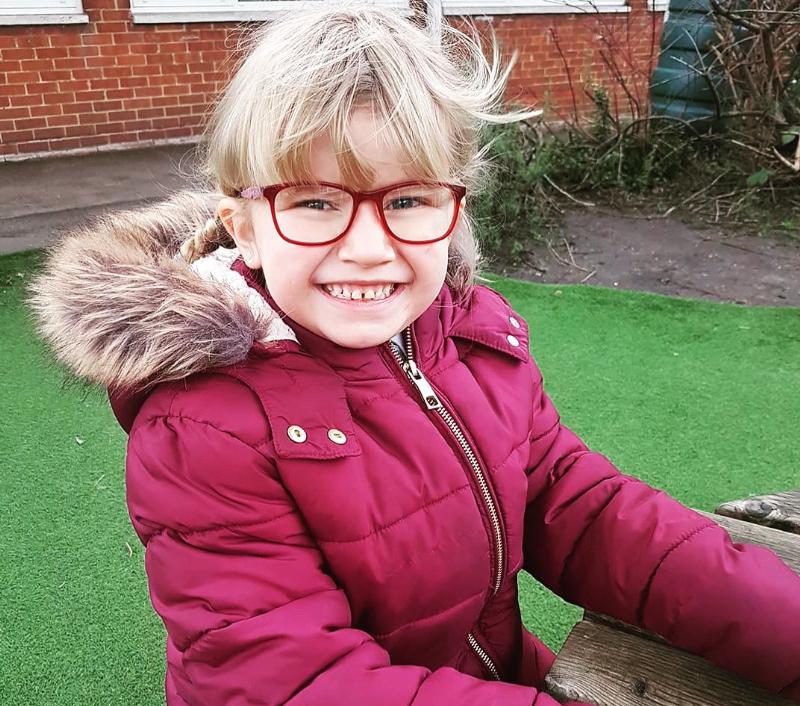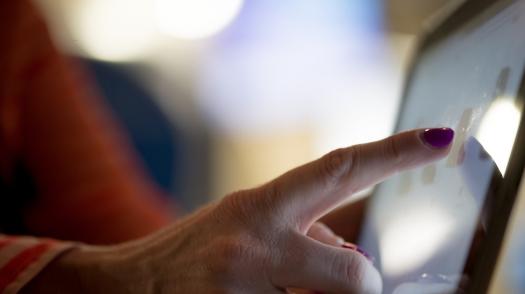You may meet a lot of different professionals during your child's time in hospital.1 And it can be overwhelming, as you attempt to take in everything they are saying.2
We’ve put together a list of some of the people you may meet, but not everyone will encounter all of the professionals listed here. Just as each child’s experience of acquired brain injury is different,3, 4 so is each child’s experience of the hospital. Below are a list of some of the people you may meet.
Paramedics
Paramedics are the senior healthcare professionals at the scene of a medical emergency. They might work alongside emergency care assistants or ambulance technicians in assessing a patient’s condition and giving essential treatment.
Doctors
We all know what a doctor is, but you may encounter some with a specialism or interest in acquired brain injury. They are responsible for the diagnosis, care and treatment of patients.
Consultants
These are senior doctors. They are specialists with a high level of experience in their chosen field. They oversee other doctors and give advice.
Neurologist/paediatric neurologist
These are specialists in the brain and the nervous system. They have expert knowledge on the way the brain works and the way it controls the body as a whole.
Neurosurgeons
These are surgeons who specialise in the brain and the nervous system. Strangely enough, surgeons are no longer called “Dr...” and instead revert back to Mr/Mrs/Miss/Ms.
Nurses
Monitor a child’s health and keep an eye out for any changes. They give medication and co-ordinate care with other members of the healthcare team around your child.
They will also help out with personal care, such as eating and bathing.
Health care assistants
Will help and support in the delivery of care and work alongside the nurses.
Social workers
May be on hand to make sure everyone in a family is ticking over while they’re in the hospital. Social workers may also co-ordinate discharge planning, refer children to services in the community and answer any questions that come up. They may also advise on access to benefits.
Physiotherapists
Sometimes called ‘physios’, these therapists use a wide range of techniques to improve children’s movement. But these techniques are also about improving comfort, safety and a child’s sense of their own independence. They might help a child through a series of exercises to encourage greater movement and flexibility.
Occupational therapists
Sometimes called ‘OTs’, these therapists help children with everyday activities they may have lost the ability to do because of their injury. These might include a child getting dressed or cleaning their teeth and the therapist will help a child perform these tasks safely. At the hospital an occupational therapist may assess a child’s ability to perform these kinds of tasks. They might help with splinting5. They may try to find out how aware a child is of their environment and the people around them.
Speech and language therapists
Help children with their speech and communication when they are out of hospital. But in a hospital setting, they may assess children to better understand their needs.
Speech and language therapists also assess and advise on difficulties with swallowing or feeding.6
Dieticians
Assess what children need in terms of their nutrition. They will develop programs to help children meet these needs.
Psychologists
Child psychologist will help children talk things through. This may help children cope with the procedures they’re going through, for example, or help them with stress or emotional difficulties.
Neuropsychologists
Neuropsychologists work specifically with people who have brain injuries or other neurological diseases. As well as knowing about mental health difficulties, neuropsychologists understand the relationship these difficulties have with the biological and physical processes that go in the brain.
Family therapists
It’s important that parents remember they need support too. Family therapists and social workers may be able to help families with areas of concern and can answer questions.
Patient representatives
Patient representatives might be employed by the health authority or a charity. Families may come into contact with someone from the Patient Advice and Liaison Service. This is a voluntary organisation that has branches in many hospitals. Its advisors support patients and speak with them about issues such as complaints procedures.
Chaplains
Many hospitals have representatives of major faiths available for those looking for spiritual support. These men and women promote wellbeing in patients regardless of their religion or ethnicity.



